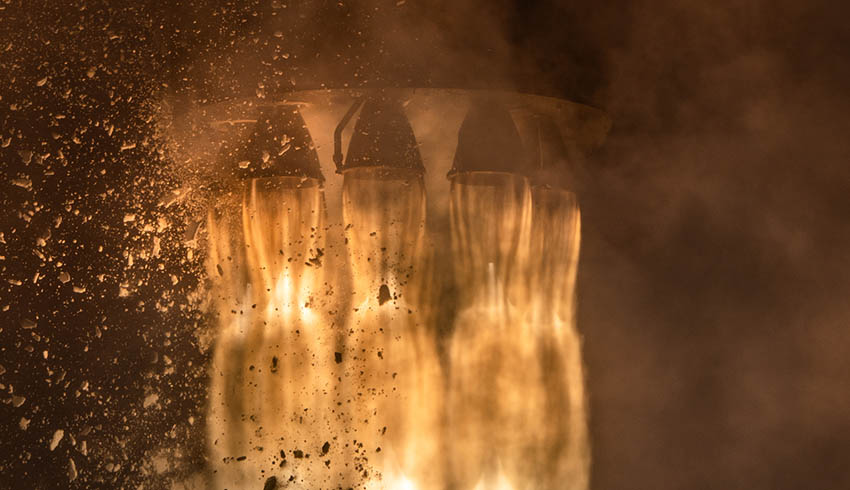This rocket blasted off from a platform aboard a large semi-submersible barge in the Yellow Sea between China and South Korea on Thursday.
That was the 306th launch of a rocket in the Long March series, but the first at sea.
This rocket carried five commercial satellites and two others with science packages, one to measure sea-surface winds to forecast typhoons.
Two of the commercial satellites belong to China 125, a Beijing-based technology company that is planning a global constellation of hundreds of satellites providing global data networking services.
China’s official Xinhua News Agency said such seaborne launch technology will meet a growing demand for launches of satellites into low-Earth orbit.
The 20-metre-long Long March 11 is one of the smaller members of the Long March family, a solid fuel rocket designed for speedy deployment and launch of smaller satellites. It can carry a payload of 700 kilograms into low-Earth orbit.
In contrast, the Long March 9, which is now in development, will carry a payload of 140 tonnes.
Both the US and Russia have successfully launched rockets from ships at sea.
The main advantage is that launches can be conducted closer to the equator, gaining maximum benefit from the Earth’s higher rotational speed. That means less fuel is needed and larger payloads can be carried.
China is rapidly developing its space sector.
It conducted its first crewed space mission in 2003, following the Russia and the US as just the third nation to send humans into space using its own technology.
China is pressing ahead with its plans to send a probe to Mars and land a rover on the planet surface.
That’s planned for next year during the launch window in July-August. Missing this narrow window would require a wait of 26 months before the next opens.
China has already conducted missions to the moon, the first a controlled crash in 2009, followed by probes to the moon surface in 2013 and again last month, unusually, on the far side of the moon.
This month, a Chinese space firm is planning a launch that would make it the first private company in China to place a satellite in orbit.
Beijing Interstellar Glory Space Technology, better known as iSpace, plans to launch from the Jiuquan Satellite Launch Centre in the Gobi Desert using its Hyperbola-1 four-stage rocket.

